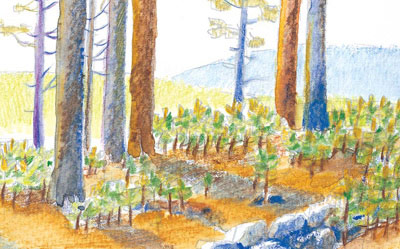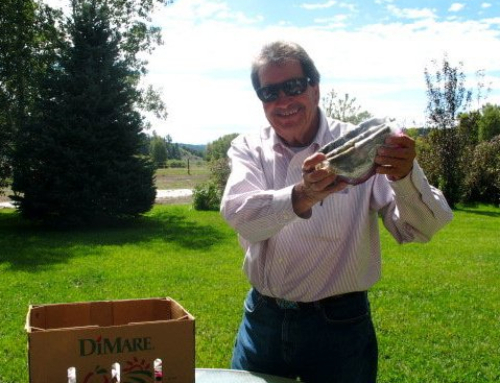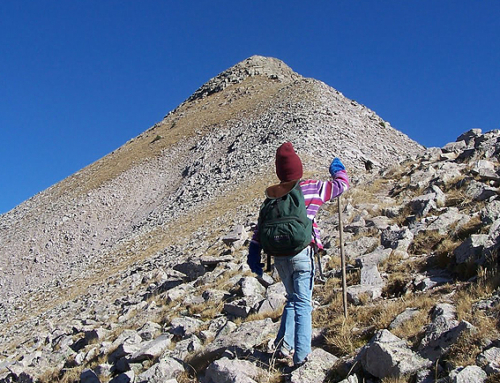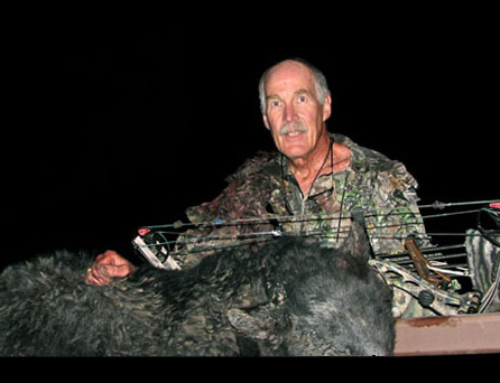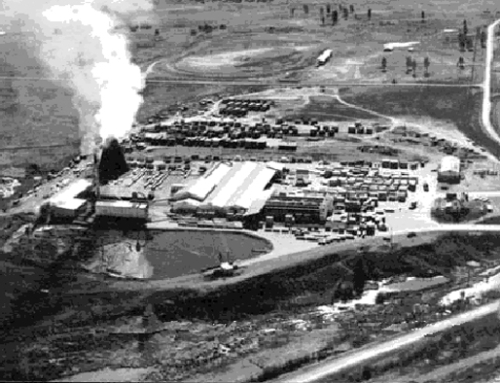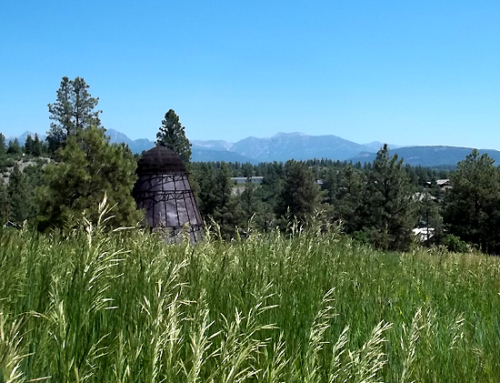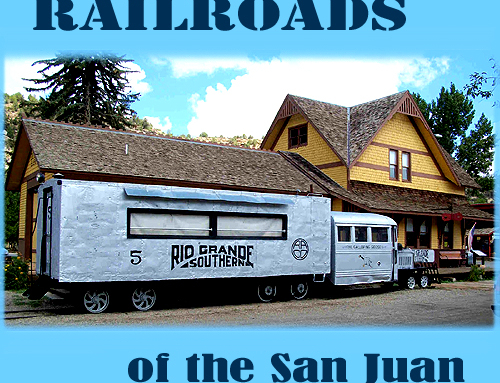Last Saturday the San Juan Headwaters Forest Health Partnership presented an afternoon long walking seminar on Reservoir Hill. The idea was to teach and have a community discussion on the poor health of the forest covering the hill. The San Juan Headwaters Forest Health Partnership’s mission is improving the health of forests, watersheds, and communities in the San Juan Headwaters area.
The group was established initially to provide a venue to share stakeholder perspectives and to develop science-based collaborative priorities for management and monitoring of mixed-conifer forests on the Pagosa Ranger District (PRD) of the San Juan National Forest in Southwestern Colorado. The group’s focus has broadened to include other vegetation types and forest health issues. San Juan Headwaters has identified its current purpose as; 1) strengthening regional understanding of methods for improving forest health and watershed resilience, 2) broadening knowledge of forest conditions and needs, 3) generating viable management approaches, 4) initiating projects to address identified needs, and 5) monitor treatments to guide adaptive management practices.
The Partnership members are people and groups representing business interests, conservation organizations, local and state governments, federal agencies, recreation interests, ranchers, homeowner associations and scientists, as well as many interested citizens.
The attendees, about 25 strong, were interested in making observations and asking questions. Forester Steve Hartvigsen was the tour guide and he, Aaron Kimple and Noah Chutz answered questions.
Stumps are important in defining the density of a past forest. Steve marked stumps and certain trees for clarity. The old stumps define the forest of a century or so ago when the first Pagosans began cutting the trees. The forest was thinner then than now by up to 75%. In the open spaces the variety of plant growth would have been greater, which is called biodiversity. Now, in many areas, there are virtually zero lower growth plants. Jim Miller pointed out that campers allowed twice a year also has an impact, but most of the problem is too much shade and a century thick layer of only pine needles.
There was conversation, both challenging and emotional, about cutting trees. The Partnership knows the science and they also know there are strong feelings about this forest in the heart of Pagosa Springs. The bottom line is how much thinning can be done for the health of the forest while still keeping the natural ambiance of the area people like. There will be future public meetings for input before decisions are made.
David Schanzenbaker spoke of the need to provide the community with some of the result of the thinning. J.R. Ford will do the work and provide wood chips for use around town, and firewood should also be made available for citizen use.
Andre Redstone called for looking long term, stating that down the road the forest will be in much better health. While Reservoir Hill is nice and absolutely stunning to some first timers, it can be much better if health and balance are restored.
One well-liked approach was a “mosaic approach” to the thinning. This would allow areas with thicker stands and areas with thinner.


